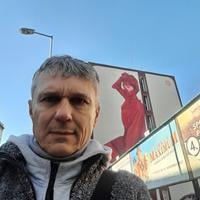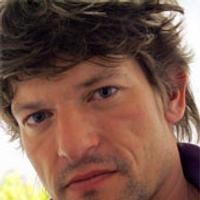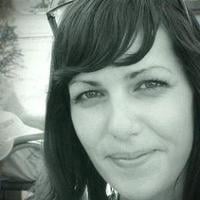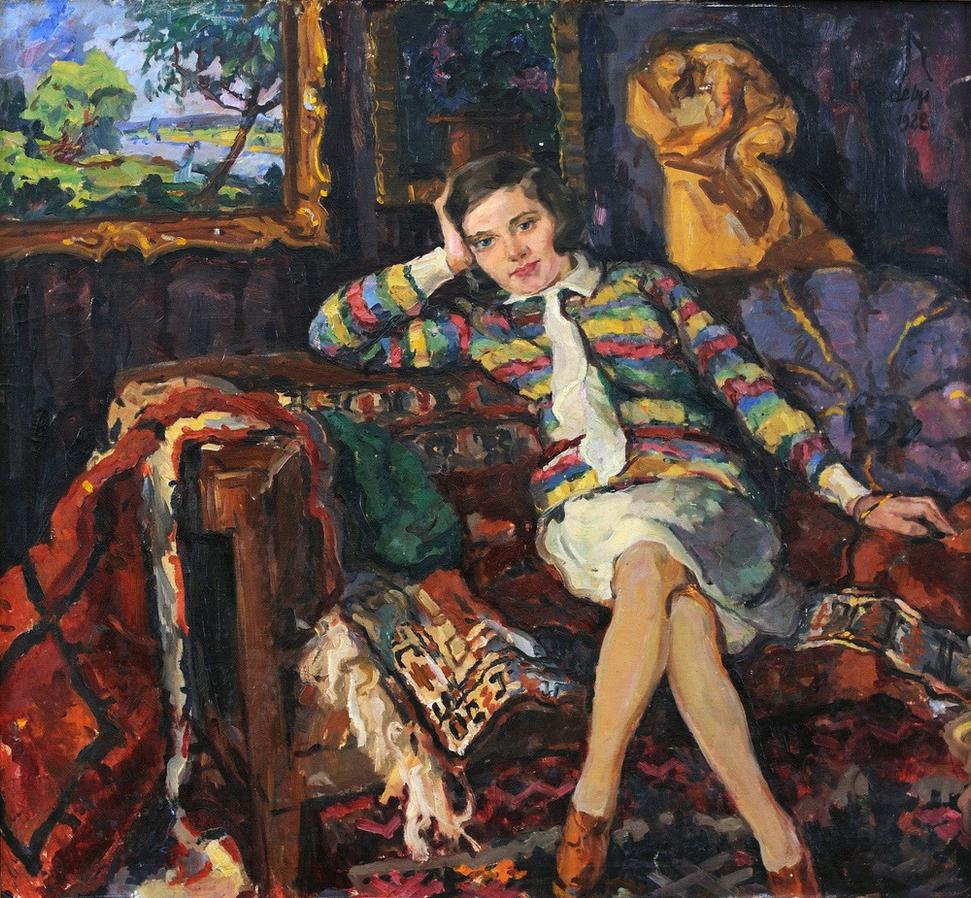
.
Magda was born in Ungvar, Austria-Hungary
Magda Mandel was born in 1912 in Ungvar, a small town in Austria-Hungary. The Mandel family were Jewish. Magda's father was a doctor. In 1919, Ungvar became a part of a new state – Czechoslovakia. Magda, as a girl, attended the art school in her native town, led by the local painter Adalbert Erdelyi. It was him, who painted her in 1928 as a 16-year-old girl. The picture hanged in the house of the Mandel family.
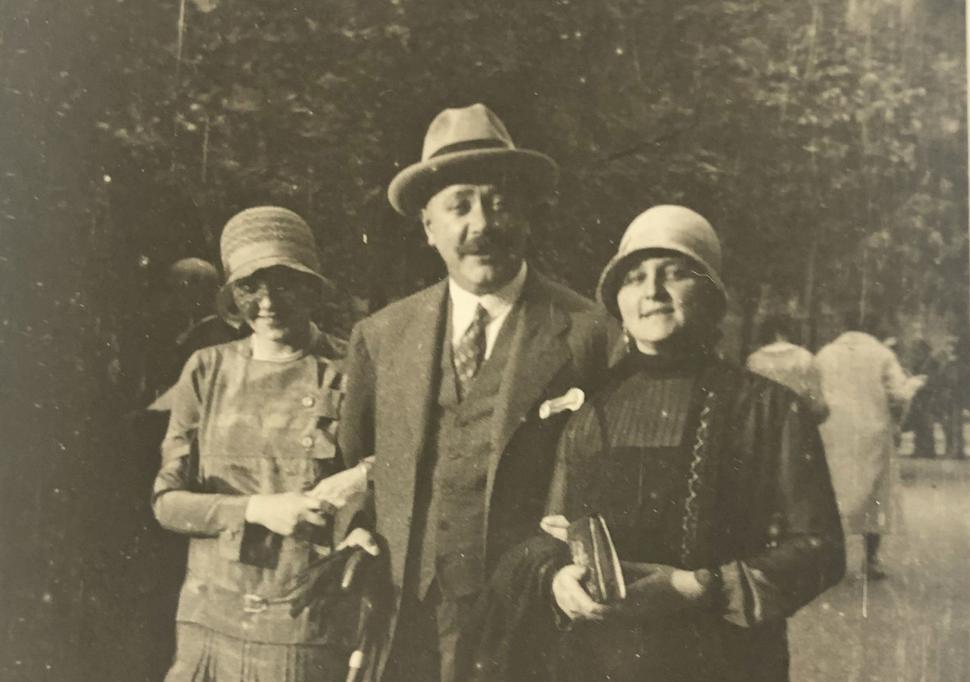

.
Deportation of the Mandel family to concentration camps
State borders changed again in 1938, and Ungvar became a part of Hungary. In 1944, the Hungarian government deported Jews to concentration camps – Magda's father to Mauthausen, where he died, and Magda's mother together with Magda were deported to Auschwitz. In January, Magda's mother died; Magda survived and was saved by the Red Army.
.
The house of the Mandel family was looted
When Magda returned home to Ungvar in March 1945, her home was looted. After the war, Ungvar region formally returned to Czechoslovakia but was eventually annexed by the Soviet Union. Ungvar was renamed to Uzhhorod in Ukrainian. Magda emigrated in 1947 to the United States, married, changed her surname to Shapiro. She died in 1975. Since 1991, Uzhhorod has become a part of independent Ukraine.
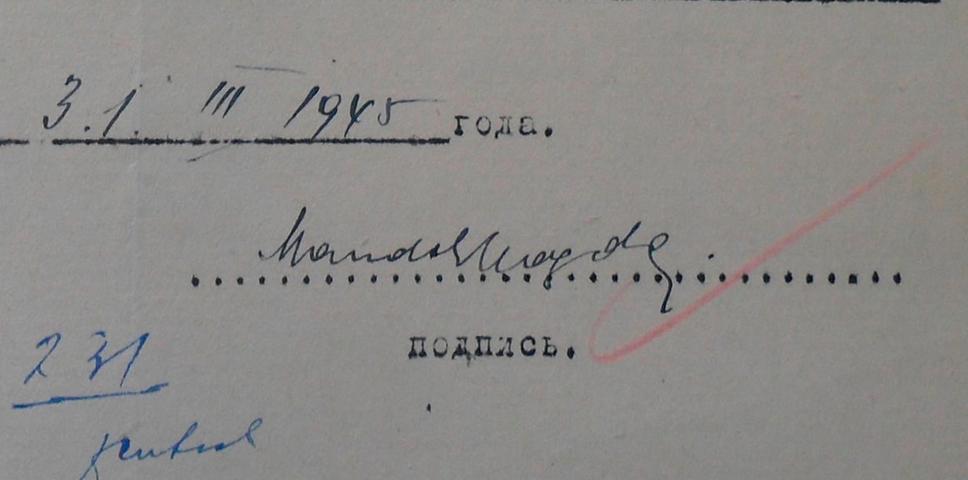
.
Magda's cousin identified the portrait of hers in Uzhhorod in 1991
In 1991, Magda's cousin Andrew Nichols (born in Ungvar in 1914 as Bandi Miklos), who immigrated to Britain in 1939, went with his wife Evelyn to Uzhhorod. He wanted to see – after decades of emigration – the places where he and Magda spent their childhood. He also went to the local Transcarpathian Regional Art Museum, where he was astonished by seeing the portrait of Magda by Adalbert Erdelyi. The cousin Andrew knew it from Magda's home, where it hanged. The portrait is named The Young Artist (in Ukrainian: Юна художниця).
.
Magda's daughter Martha demanded the picture
How did the museum acquire the portrait of Magda? David D'Arcy from The Art Newspaper wrote in 2018, that several years after the war the Transcarpathian Regional Art Museum bought the picture directly from the painter Adalbert Erdelyi. How did he get it? He was its painter, but not the owner. David D'Arcy explains it: “But evidence suggests that Erdelyi got the picture from Hungarian looters who were assigned to empty Jewish homes; one of those looters had been his pupil.” Magda's daughter Martha Shapiro travelled to Uzhhorod, too, to see the portrait of her 16-year-old mother. She asked for the picture, claiming that it was a looted property of her family but she was refused. Then she tried with her lawyers to contact the Ukrainian government to return the picture, but they were not successful, The Art Newspaper informed.
.
Magda's war diary
Andrew Nichols (Bandi Miklos) and Magda Mandel were very close. In 1946, after the war, they met and Magda gave him her handwritten war diary in Hungarian – her native language. She wrote it after her liberation by the Red Army. In the diary she described her mother's death, partly the life in the concentration camp, the difficult journey home after the liberation through the land devastated by the war or her thoughts about the Holocaust. Just after seeing Magda's painting in the museum in Uzhhorod Andrew Nichols decided to translate her handwritten memories. Magda did not write in the first person but in the third person. Andrew Nichols thinks that it was hard for her to identify herself with her own past. Excerpts from the translation were published by the Yad Vashem Holocaust History Museum in Jerusalem. An excerpt:
Magda had not expected to survive; that she did was only an accident. One cannot comprehend one's own death. She imagined her death as the end of the world; when she stopped being, everything else would end. She did not fear death, as much as she feared the suffering that would come before. She often thought of suicide, longing to go quietly to sleep and never wake up again. It remains an unanswered question whether she would have had the courage to end her own life. She never had the opportunity, probably because she never really sought it. On January 21, 1945, a beautiful sunny Sunday, when the world sparkled with clean new-fallen snow, the Russians arrived. The nightmare of the German concentration camp was over at last. For eight months Magda had existed on the narrow edge between life and death; her mind, nerves and heart frozen. She had pictured this moment, the moment of freedom, life, liberation many times, but never really believed it would come. Those months had been spent in numb lethargy, a kind of hazy, half-conscious awareness, sitting with her legs pulled up under her on a straw covered bunk. Her skin was green, hanging loosely on her lice infested body, bones protruding more day by day. But she had stayed alive.
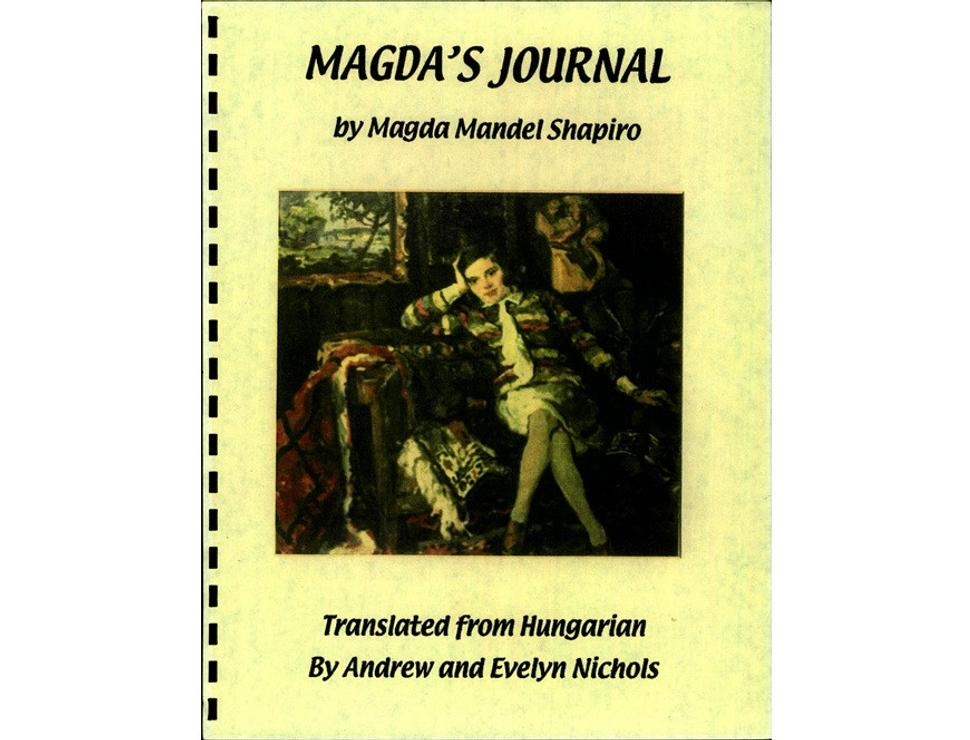
.
More: Adalbert Erdelyi: The Young Artist (Юна художниця), 1928; Yad Vashem: Memoirs of Magda Shapiro (née Mandel); David D'Arcy: Holocaust survivor’s family seeks painting in Ukrainian museum (The Art Newspaper); Varosh: Доктор Мандел
